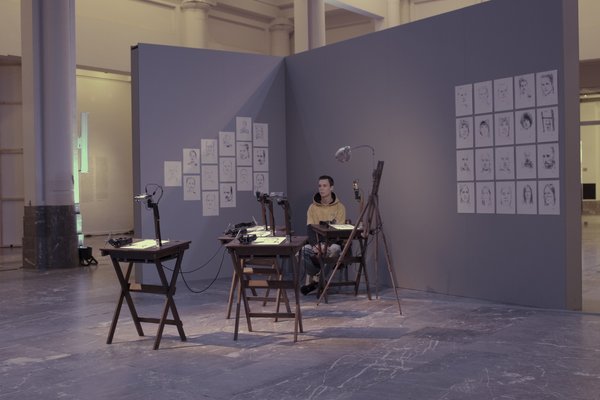Supported by
Do You Like ‘Dogs Playing Poker’? Science Would Like to Know Why

If you’ve ever wondered whether the title on a work of abstract art — say “Blue No. 2” — influences how you feel about it, you’ll be intrigued by a new study from the University of Pittsburgh. Researchers there found that people prefer works with straightforward titles like “Curved Lines” or “Dots of Color” to those with figurative titles like “Ice Dancing” or “Sabotage.”
Another study released last month by psychologists at Boston College found that a big reason people favor an artist’s work over an identical copy is their belief that some essence of the artist is left behind in the original.
“Philosophers have grappled with questions about the arts for centuries, and lay people have puzzled about them too,” Ellen Winner, a Boston College professor who led the study there, said. “Now, psychologists have begun to explore these same questions and have made many fascinating discoveries.”
The mysteries of the aesthetic response, and the creative impulse, have become a burgeoning area of inquiry for scientific researchers across many disciplines. They hope quantifiable data and statistical analysis can help explain matters that some consider ineffable — like why we paint or sing, or why we naturally favor Van Gogh’s sunflowers over the landscapes we encounter in budget hotel rooms.
Nearly two dozen research labs across the United States are studying aesthetics — examining not just the visual arts but domains like music, literature and performance — and pumping out scientific papers in disciplines that include anthropology, neuroscience and biology.
Advertisement